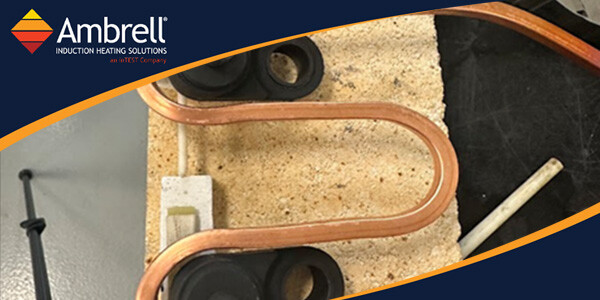Induction Brazing an Aluminum Assembly
Objective A company wanted to assess using induction heating for their aluminum assembly brazing process, and contacted THE LAB at Ambrell to utilize...
Applications
Applications: More
Applications: More

Industries:
Industries: More
Industries: More
Industries: More

Products:
Products: More
Services:
Services: More

Learn:
Learn: More
About:


A battery manufacturer needed to heat battery lugs for a burn-off application. They required a 20-second cycle time, so speed along with repeatability were critical to them. The target temperature was 400 °F (204 °C). They contacted THE LAB at Ambrell to design a coil and confirm the viability of their heating application.
More Heating Application Notes
A custom-designed multiple-position helical coil was built to generate the required heating for the burn-off application. Initial tests were conducted to optimize the power delivered to the part using an Ambrell EKOHEAT 15 kW, 50-150 kHz induction heating system. Several coils were tested and the one chosen was selected due to its flexibility/versatility.
The coil design THE LAB chose can be expanded to a 12-position setup for scalability. The solution was able to achieve the customer's cycle time objective. Benefits included speed, repeatability, energy efficiency, safety and a smaller required footprint than some other heating options such as an oven.
Heating Copper Parts for a Burn-Off Application
THE LAB at Ambrell has considerable experience with burn-off applications, which enabled them to deliver a solution that met the client's requirements. To learn more about free application testing, visit our page about THE LAB to get the process started.

Objective A company wanted to assess using induction heating for their aluminum assembly brazing process, and contacted THE LAB at Ambrell to utilize...

Induction heating is a process that uses electromagnetic fields to heat electrically conductive materials. It has been used in numerous industries...

Induction heating, a process that uses electromagnetic induction to heat electrically conductive materials, is often thought of for large industrial...